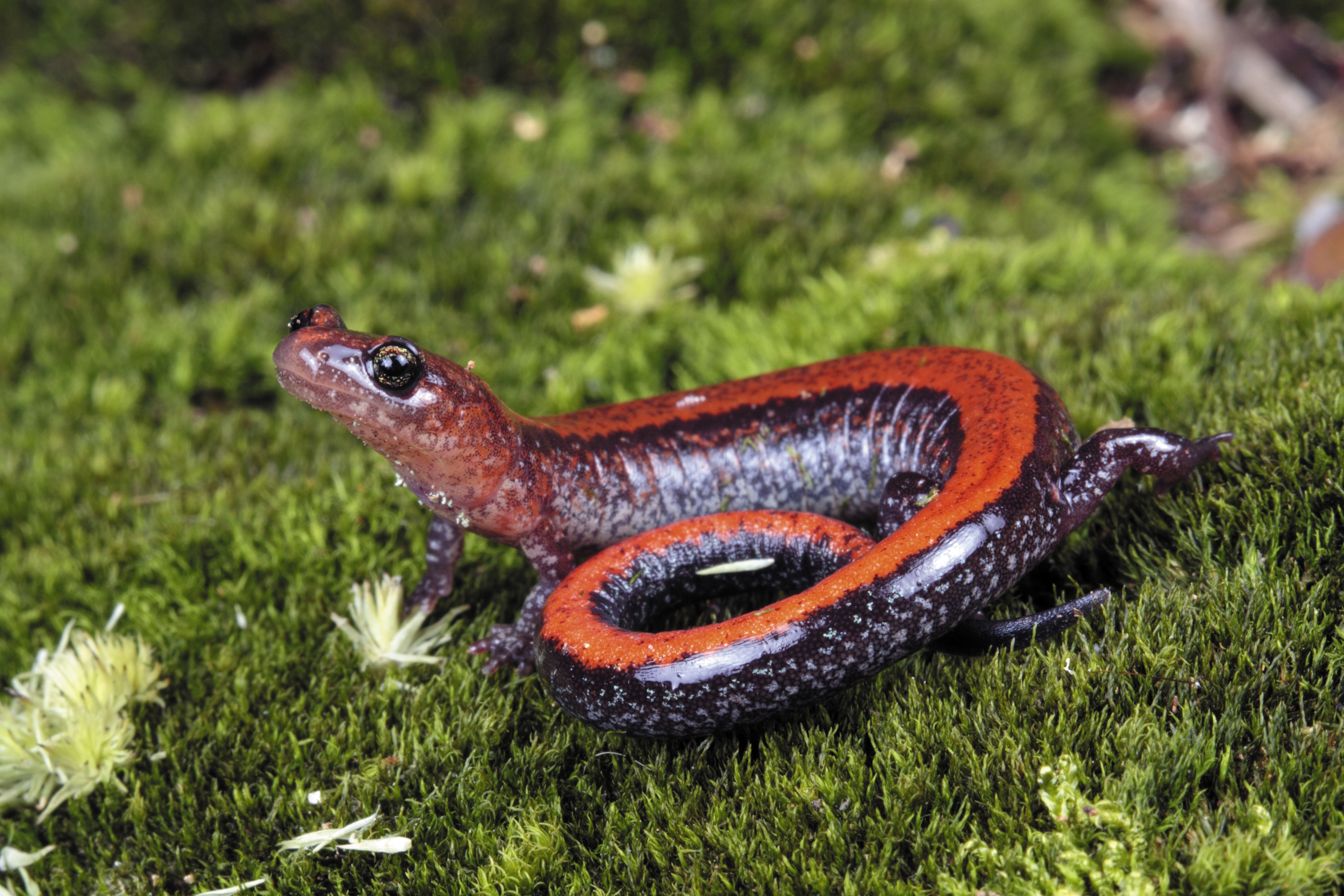Challenge Questions
Section 3.2
Question 3.42
Dwarfism is a recessive trait in Hereford cattle. A rancher in western Texas discovers that several of the calves in his herd are dwarfs, and he wants to eliminate this undesirable trait from the herd as rapidly as possible. Suppose that the rancher hires you as a genetic consultant to advise him on how to breed the dwarfism trait out of the herd. What crosses would you advise the rancher to conduct to ensure that the allele causing dwarfism is eliminated from the herd?
Question 3.43
A geneticist discovers an obese mouse in his laboratory colony. He breeds this obese mouse with a normal mouse. All the F1 mice from this cross are normal in size. When he interbreeds two F1 mice, eight of the F2 mice are normal in size and two are obese. The geneticist then intercrosses two of his obese mice, and he finds that all of the progeny from this cross are obese. These results lead the geneticist to conclude that obesity in mice results from a recessive allele.
A second geneticist at a different university also discovers an obese mouse in her laboratory colony. She carries out the same crosses as those done by the first geneticist and obtains the same results. She also concludes that obesity in mice results from a recessive allele. One day the two geneticists meet at a genetics conference, learn of each other’s experiments, and decide to exchange mice. They both find that, when they cross two obese mice from the different laboratories, all the offspring are normal; however, when they cross two obese mice from the same laboratory, all the offspring are obese. Explain their results.
Question 3.44
Albinism is a recessive trait in humans (see the introduction to Chapter 1). A geneticist studies a series of families in which both parents are normal and at least one child has albinism. The geneticist reasons that both parents in these families must be heterozygotes and that albinism should appear in  of the children of these families. To his surprise, the geneticist finds that the frequency of albinism among the children of these families is considerably greater than
of the children of these families. To his surprise, the geneticist finds that the frequency of albinism among the children of these families is considerably greater than  . Can you think of an explanation for the higher-than-expected frequency of albinism among these families?
. Can you think of an explanation for the higher-than-expected frequency of albinism among these families?
Question 3.45
Two distinct phenotypes are found in the salamander Plethodon cinereus: a red form and a black form. Some biologists have speculated that the red phenotype is due to an autosomal allele that is dominant over an allele for black. Unfortunately, these salamanders will not mate in captivity; so the hypothesis that red is dominant over black has never been tested.
One day a genetics student is hiking through the forest and finds 30 female salamanders, some red and some black, laying eggs. The student places each female and her eggs (from about 20 to 30 eggs per female) in separate plastic bags and takes them back to the lab. There, the student successfully raises the eggs until they hatch. After the eggs have hatched, the student records the phenotypes of the juvenile salamanders, along with the phenotypes of their mothers. Thus, the student has the phenotypes for 30 females and their progeny, but no information is available about the phenotypes of the fathers.

Explain how the student can determine whether red is dominant over black with this information on the phenotypes of the females and their offspring.
Go to your  to find additional learning resources and the Suggested Readings for this chapter.
to find additional learning resources and the Suggested Readings for this chapter.
71